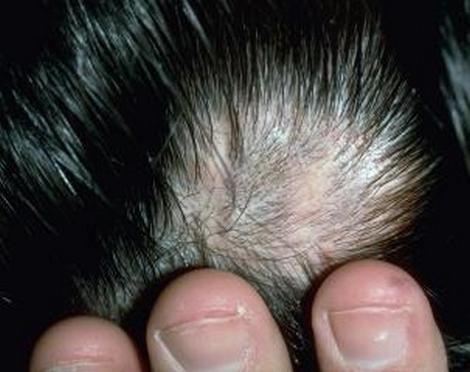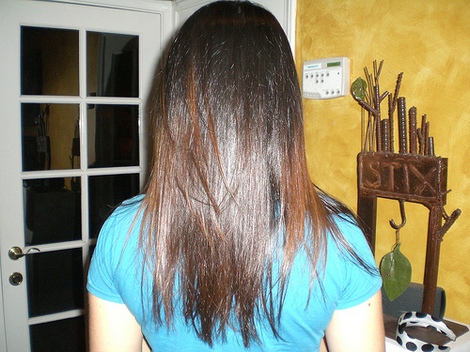Understanding Alopecia (Part I)
Alopecia is a Latin word and a general medical term that can mean either total baldness or different degrees of hair loss. Alopecia can affect people of both genders at any age, but most commonly in occurs in men and women in their mid-40s. Medical doctors distinguish several types of alopecia: androgenic alopecia, or male-pattern baldness; androgenetic alopecia, or female-pattern baldness; and alopecia areata, or patchy hair loss, which is currently believed to be an autoimmune disease of the idiopathic origin (with no known cause).
Some Hair Loss Truths: What Causes Baldness and How to Prevent It
During our lives, scalp hair tends to go through cyclic patterns of growing, resting, falling and regenerating. However, as we age, certain hormonal and genetic changes can restrict successful reproduction of our locks, leading to irreversible hair loss. The important question is whether baldness can be prevented or cured?
Read full “Some Hair Loss Truths: What Causes Baldness and How to Prevent It”
Non-Genetic Causes of Baldness
The majority of people, especially those who have never suffered from excessive hair shedding, think that baldness is an exclusively hereditary condition caused by genetic reasons. Although severe cases of hair loss are indeed often triggered by genetic causes, hair shedding and even complete baldness can be a result of other factors, as well. The following list presents the most widely-spread causes of non-genetic baldness:
Organin Helps Mask Thin Hair
Hair loss, as many people know, can be a highly debilitating and discomforting condition. Thin hair can not only change the way we look, it can also cause traumatic emotional experiences, depression, anxiety, social withdrawal and other unpleasant psychological reactions.
Are You Losing Hair? Get a Quick Test!
To help you calculate exactly how much scalp hair you may be shedding each day, researchers have invented a “60-second technique” to count lost hair. This easy-to-apply and reliable hair count method, which was reported at the recent edition of the scientific journal Archives of Dermatology, was specially designed to evaluate the rates of possible hair loss. The technique allows calculating the number of lost hair, thus giving a real picture of a potential balding process. By applying the procedure, you can find out whether your hair loss is excessive or not; you will also be able to evaluate the average rate of your hair loss in order to start applying anti-balding measures.




